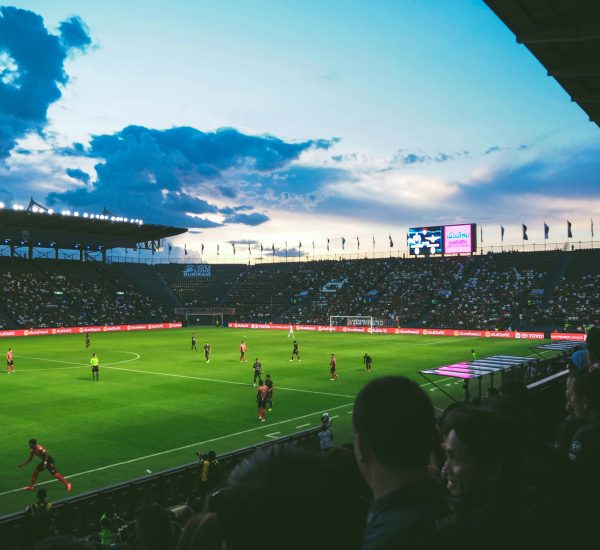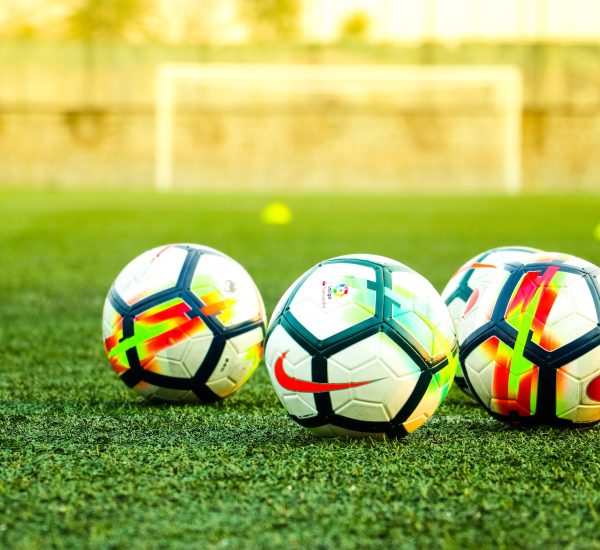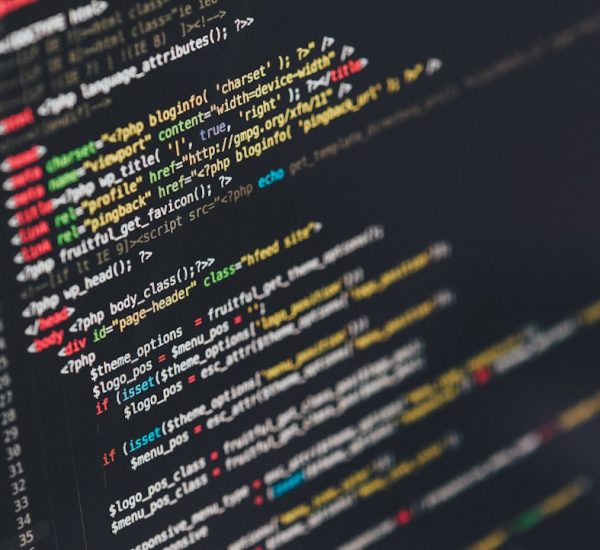If you want to become a better goalkeeper, you’ve probably already heard about goalkeeping drills. These can be anything from plyometrics exercises to tracing drills.
These drills are effective for developing your footwork, agility, and strength. These exercises are easy and convenient to do at home, so they can be a great way to train your goalkeeper.
Goalkeeping drills
Soccer goalkeeping drills focus on developing a goalkeeper’s footwork and distribution. The goalkeeper should move his feet as if he were trying to catch a ball. He should never cross his feet while moving backwards, and he should twist slightly in the direction of the ball.
A simple drill can involve two goalkeepers facing off against each other in a penalty area. A standard goal post and a clearly defined penalty box are required. The goalkeeper should start on the goal line while the attackers start around 40 yards away.
The attacker should start running and play the ball forward. When the attackers take the penalty kick, the goalkeeper should watch their body language to determine which direction the ball will go. For example, if the attackers approach the goal from a wide angle, then the shot will go opposite direction, while if they keep their bodies still and shoot straight, then the shot will stay in the center.
Another drill involves using the weaker hand to control the ball. This helps the goalkeeper to practice their arm position. A third player can gently tap or push the ball on the keeper’s chest during the catch. This simulates the impact of a ball striking a goalkeeper in the goal area.
Aside from the goalkeeper’s body position, another drill involves the goalkeeper’s reaction time. This drill helps the goalkeeper react faster and appropriately to incoming balls. Goalkeepers should do this drill twenty times. Make sure to take breaks between each rep. This way, the goalkeeper can recover faster and avoid a missed save.
Soccer goalkeeping drills are crucial to developing the goalkeeper’s position on the field of play. Proper timing, footwork, and coordination are vital elements to the position. Soccer goalkeepers should focus on the ball’s trajectory to stop it from going through the goal, and practice catching it when it’s cross-shot.
Some soccer goalkeeping drills emphasize getting control of the ball and taking the shot as quickly as possible. This drill can be challenging and fun, and it also improves the goalkeeper’s agility. The goalkeeper should be at least two yards away from the goal posts. The goalkeeper should then dart to the ball with the ball in his hand.
Goalkeeper training drills
One of the most important skills a goalkeeper needs to develop is the ability to make quick reactions and grab the ball from a cross. This skill will help the keeper stay focused and confident on the ball. Practicing the basic handling drill will help you develop these skills. You should perform the drill with a partner. When your partner throws the ball toward the goal, yell “go!” and turn around to catch the ball.
Next, you can try a drill that simulates the action of an in-game cross. One partner will throw the ball in a way that simulates a cross. The other partner will run toward the ball and jump to catch it. Another partner will be defending the goal. These soccer goalkeeper training drills can be used before games and can improve reflexes and adaptability.
Practicing the angles and movement of the goalkeeper is also important. This will help develop quick decision-making and shot stopping. In addition, practicing throwing the ball out quickly and efficiently will help improve the goalkeeper’s distribution. For younger players, it’s a good idea to focus on the angles and steps when training.
As you progress in the drills, you can incorporate a variety of obstacles and realistic targets. For example, you can have a coach hit a ball towards the goalkeeper. The goalkeeper must react quickly to avoid the ball. Another goalkeeper training drill uses colored cones. Each goalkeeper needs to move to a specific cone when the coach shouts a color.
Some goalkeeper training drills will require additional equipment, like a ball or a net. Using these equipment will allow you to vary the drills and improve your overall development as a goalkeeper. You can perform goalkeeper drills with your partner or by yourself. You can also practice these drills with a mannequin or a cone.
One of the most underrated aspects of goalkeeping is footwork. The best goalkeepers have the ability to move instinctively across the goal box and be in the right position for different shots or passes. To develop this skill, you should practice the goalkeeper’s footwork. A good goalkeeper should be able to stand at the center of a box and reach the cones in front of it.
Goalkeeper plyometrics exercises
Goalkeeper plyometrics exercises are designed to improve power in the goalkeeper’s lower body. These muscles are responsible for transferring force from the feet to the upper body. Their strength and agility are essential for making quick movements that prevent goals. They should focus on the Gluteus Maximus, Gastrocnemius, and Soleus (calf) muscles.
Goalkeeper plyometrics are best performed at the start of a training session and should not be overdone. Generally, two sessions a week are enough. Some exercises may involve jumping in front of a box, balancing on one foot, or hopping in reverse.
Goalkeepers rarely perform vertical jumps during a game, but vertical jumping is an important movement skill. It can be the difference between a goalkeeper’s victory or loss. Since most goalkeepers tend to jump on one leg when catching the ball, goalkeeper plyometrics exercises should be designed to account for the specific movement demands of goalkeeping.
Goalkeeper plyometrics exercises are especially important for strengthening the leg muscles. Unlike defenders, goalies need to have a high level of stability in their lower body to be able to react quickly to shots. To accomplish this, they should perform single leg movements, including lateral single leg jumps, 45 degree bounds, and single leg box jump variations.
The lunge jump is another type of plyometric exercise. This movement requires the runner to land with their legs in a lunge position, and then leap forward while landing on the other foot. The goal is to jump with the maximum amount of force possible in the least amount of time.
Goalkeeper tracing drills
The purpose of goalkeeper tracing drills is to increase the goalkeeper’s reaction time. The drills can help goalkeepers get used to reacting quickly to shots from the opposing team. The drill can also be performed before a game. Players can work in teams to help each other improve their goalkeeping skills.
The first step in goalkeeper tracing drills is to simulate the drop off of a shot. This gives the goalkeeper more time to react and make a save. This exercise will also help them improve their footwork when making a save. In addition, it will improve their ability to claim high balls looping into the box.
The second step in goalkeeper tracing drills is to work on agility and quick reactions. This drill is useful for beginners and experienced players alike. In this exercise, a teammate throws a ball toward the goal. The goalkeeper must dive to catch the ball, catching it and throwing it back in a timely manner. This exercise also helps the goalkeeper focus on the game.
The third step in goalkeeper tracing drills is to work on reading the field and identifying the running patterns of influential players. A goalkeeper should always be alert to teammate runs and shots. By practicing these skills, goalkeepers will improve their reaction time and avoid making mistakes.
The goalkeeper should be able to react quickly to shots when they feel out of position. This is done by watching the shooting player’s foot planted on the ground and his hips. These are clues about where the shot is going to go. Goalkeeper tracing drills should be repeated at least six times per session. If multiple goalkeepers are involved, rotate goalkeepers every other round. This should be enough time for each goalkeeper to complete two or three rounds.
During these drills, goalkeepers will practice various one-v-one scenarios. Some of these scenarios occur during transition, while others occur when the goalkeeper is at a high position in front of the goal. By practicing these scenarios in different scenarios, goalkeepers will be able to learn how to respond in such situations more efficiently. A goalkeeper will also have to practice catching the ball from different positions.



